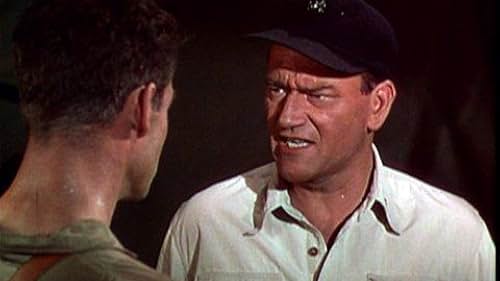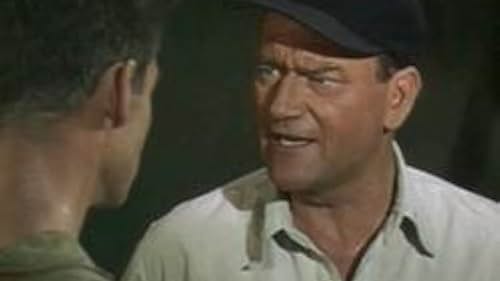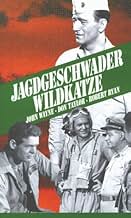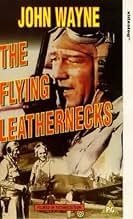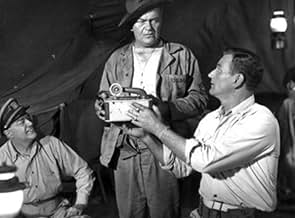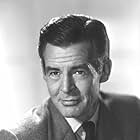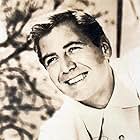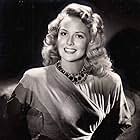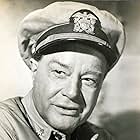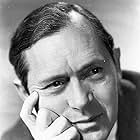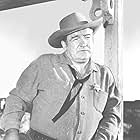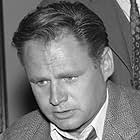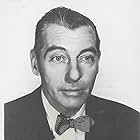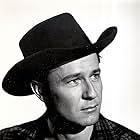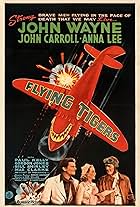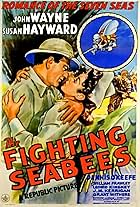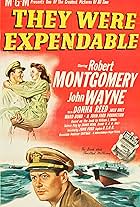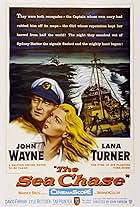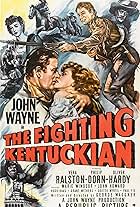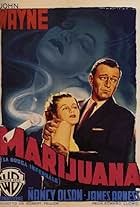IMDb RATING
6.3/10
5.7K
YOUR RATING
Major Kirby leads The Wildcats squadron into the historic WWII battle of Guadalcanal.Major Kirby leads The Wildcats squadron into the historic WWII battle of Guadalcanal.Major Kirby leads The Wildcats squadron into the historic WWII battle of Guadalcanal.
Michael St. Angel
- Capt. Harold Jorgensen, Ops. Officer
- (as Steve Flagg)
Barry Brooks
- Squadron Commander
- (uncredited)
Charles Brunner
- Charlie's Father
- (uncredited)
- Director
- Writers
- All cast & crew
- Production, box office & more at IMDbPro
Storyline
Did you know
- TriviaJohn Wayne and Robert Ryan managed to put aside their vast political differences while making this film, although Ryan was appalled by Wayne's support for blacklisting, extending the Korean War by launching nuclear strikes on Chinese cities, and using military force to drive the Soviets out of eastern Europe. However they later did not get along at all while filming The Longest Day (1962).
- GoofsAt about the 56 minute mark, the Navajo Indian pilot is shot in a dogfight. In the initial scene he is wounded in the right leg; in subsequent scenes, the wound is in the left leg.
- Quotes
Maj. Daniel Xavier Kirby: Are we all buttoned up?
Joan Kirby: Cat's out... doors locked. All secure sir.
- ConnectionsFeatured in The World According to Smith & Jones: War (1988)
Featured review
I had previously watched this one on TV, but I recall being underwhelmed by it: I liked the film better a second time around, but it’s clearly no classic (despite director Ray and co-star Robert Ryan’s involvement); contrary to Ray’s best work, which is marked by his personal touch, he’s strictly a director-for-hire on this particular title.
The film is one of several war-themed Wayne vehicles from this era, a good number of which I’ve yet to catch up with – FLYING TIGERS (1942), THE FIGHTING SEABEES (1944), BACK TO BATAAN (1945) and OPERATION PACIFIC (1951). It’s similar to Wayne’s FORT APACHE (1948), where he’s now portraying the martinet role played in that John Ford cavalry picture by Henry Fonda – though he’s well-matched with the long-suffering Ryan (cast against type as an overly sensitive executive officer dedicated to his squad). The latter element, then, links the film with such archetypal flying pictures as ONLY ANGELS HAVE WINGS (1939) and TWELVE O’CLOCK HIGH (1949) – where the group leader is constantly forced to make tough decisions in which the life of his men has to be put in jeopardy. For this reason, too, Wayne’s a generally glum presence here – apart from his interaction with Jay C. Flippen as an amiably roguish old-timer; from the remaining supporting cast, Don Taylor is equally notable as the wise-guy crew member who happens to be a relative of Ryan’s.
The action sequences are exciting (domestic asides are unsurprisingly dull but thankfully brief).even if utilizing an astonishing amount of grainy WWII stock footage which, while giving it a sense of raw authenticity, also tends to stick out rather too obviously alongside the soft yet agreeable Technicolor adopted for the rest of the film! In the end, FLYING LEATHERNECKS may be corny but it’s reasonably enjoyable – and occasionally stirring – for all that.
The film is one of several war-themed Wayne vehicles from this era, a good number of which I’ve yet to catch up with – FLYING TIGERS (1942), THE FIGHTING SEABEES (1944), BACK TO BATAAN (1945) and OPERATION PACIFIC (1951). It’s similar to Wayne’s FORT APACHE (1948), where he’s now portraying the martinet role played in that John Ford cavalry picture by Henry Fonda – though he’s well-matched with the long-suffering Ryan (cast against type as an overly sensitive executive officer dedicated to his squad). The latter element, then, links the film with such archetypal flying pictures as ONLY ANGELS HAVE WINGS (1939) and TWELVE O’CLOCK HIGH (1949) – where the group leader is constantly forced to make tough decisions in which the life of his men has to be put in jeopardy. For this reason, too, Wayne’s a generally glum presence here – apart from his interaction with Jay C. Flippen as an amiably roguish old-timer; from the remaining supporting cast, Don Taylor is equally notable as the wise-guy crew member who happens to be a relative of Ryan’s.
The action sequences are exciting (domestic asides are unsurprisingly dull but thankfully brief).even if utilizing an astonishing amount of grainy WWII stock footage which, while giving it a sense of raw authenticity, also tends to stick out rather too obviously alongside the soft yet agreeable Technicolor adopted for the rest of the film! In the end, FLYING LEATHERNECKS may be corny but it’s reasonably enjoyable – and occasionally stirring – for all that.
- Bunuel1976
- May 25, 2007
- Permalink
- How long is Flying Leathernecks?Powered by Alexa
Details
- Runtime1 hour 42 minutes
- Aspect ratio
- 1.37 : 1
Contribute to this page
Suggest an edit or add missing content


